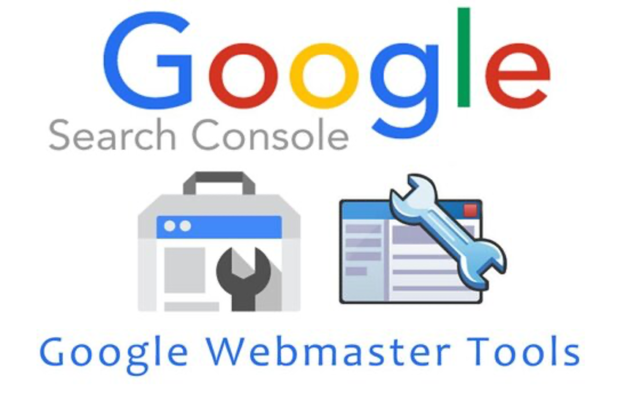
In industries with flammable materials, communication devices shouldn’t ignite. Almost all electronic devices generate sparks and heat. Heat and sparks can burn when they come into contact with flammable materials.
In workplaces where hazardous materials are present, Motorola radios designed for intrinsic safety. It keeps people safe and businesses running smoothly.
INTRINSICALLY SAFE – WHAT DOES THIS MEAN?
When Motorola radios are used in hazardous environments, there is no spark or heat generated. So combustion is prevented. Your work environment is kept free from combustible materials thanks to these devices.
By plugging in your radio, you won’t put yourself in danger. The housing of the radio keeps the temperature of the device low or normal by enclosing the battery completely.
WHO TYPICALLY USES INTRINSICALLY SAFE RADIOS?
The industries that may require intrinsically safe radios are those that work with combustible materials such as dust, vapors, or flammable chemicals and glasses. Such as the oil, gas, & mining, manufacturing, utility, and transportation & logistics industries.
Motorola’s intrinsically safe radios can also be used in the following industries:
- Police
- EMS & Fire
- Work for the public
- Refineries
- Facilities for storing fuel
- Plants that produce chemicals
- Elevators for grain
- Plants for processing plastics
- Mines in the ground
Groups, classes, and divisions that are intrinsically safe
Under NFPA 70 hazardous locations, the National Electrical Code (NEC) determines that areas that may burn or explode due to flammable liquids. Also flammable gases, ignitable fibers and/or dust are classified as hazardous.
Hazards are categorized into groups, divisions, and classes.
Classes
Class I: Liquids, gasses, or vapors that can be hazardous
Class II: Dust that is combustible
Class III: Flying fibers and ignitable fibers
Divisions
During normal operations, Division 1 refers to areas with continuously ignitable gas, vapor, liquid, and dust.
Gas, vapor, liquid, and dust should not be ignitable under normal operating conditions in Division 2.
Groups
Class I Gas Groups
Group A – Gase containing acetylene and equivalents
Group B – The Groups of gases equivalent to hydrogen
Group C – Groups of gases equivalent to ethylene
Group D – Gases equivalent to methane
Class II Dust Groups
Group E – Dust caused by mechanical processes (factories, recyclers)
Group F – The dust of carbon (charcoal and coke) combustible – above ground only
Group G – Grain dust
Class III Fibers do not have subgroups
MOTOROLA INTRINSICALLY SAFE RADIO FEATURED
In addition to voice and data communication, this high-performance Motorola radio has a certification and an accelerometer to detect man down. It also has the following features:
- Ability to connect via Bluetooth
- Wireless Internet integration
- Quality audio enhanced
- Enhanced extensibility
- A radio that is waterproof according to IP68
- With a 28-hour battery life
- Warranty of 3 Years
XPR3500e Motorola MOTOTRBO Digital Radio
These rugged portable radios are a great option for the job site, as they are built to withstand shocks and drops. You can take it anywhere with IP67 waterproofing, better audio quality, and a longer battery life in this series. Also included in the software are:
- Enhanced extensibility
- Quality audio enhanced
- Battery life of up to 28 hours
- The IP67 rating means that your device is waterproof
- Warranty: 3 Years
Public Safety Motorola P25 NEXT XE APX
Police, firefighters, and EMS can make critical communications while using Motorola’s P25 XE APX Next radio. Thus coordinating with other agencies and responding to emergencies. Due to the rugged construction and industry-leading technology of the APX NEXT XE radio, first responders and the public they serve can be assured of safety. It also has the following features:
- Connectivity options include Wi-Fi, LTE, and Bluetooth
- A touchscreen with all-weather functionality is mission critical
- Applications with advanced capabilities
Radio Instructions
Instructions for Headset
- Transporting headsets without their attachments avoids damage to them. You should turn off the radio before connecting the headset.
- Connectors should be lined up and screwed tightly, but keep threads loose once the connectors are in place.
- Try the headset on another radio and see if it can receive and transmit. During this process, always make sure your contacts line up with the microphone and turn the radio off.
- On request, CS has a few old over-the-ear headsets that can be used in a noisy environment. As well as transducing headsets that can be used in noisy environments.
- Transducer and band are placed behind the ears, and the microphone can be adjusted to fit any ear size.
- If you want to improve your transmission, keep the mic 1″-2″ away from your mouth. Don’t remove the foam over the microphone, it’s a diffuser for reducing wind noise.
- When you are done talking, release the headset button.
- Before returning to Customer Service, please remove the headsets from the radios.
Instructions for Charging
- When radios are loaned out, they are fully charged. A fully charged radio lasts for several days when turned off. Radios tend to last all day when they are on, depending on how they are used.
- CS can supply single and base chargers (6 radios) if you plan to use the radios for a long period.
- Before removing the radio from the charger, make sure it has a green light. Whenever a radio displays a yellow or red light (not fully charged), check for the cause.
- When any of these alerts appear, try reseating the charger firmly or changing to another charging cradle if any are red or blinking red.
- Battery replacement may be necessary for other issues. For a replacement radio or a battery swap, return the radio to Customer Service.






